The Quechua is not just a language: it is the deep root of a great civilization, a living heritage that still resonates in the Andes. In addition to being a symbol of cultural identity, it has also been an engine of resistance, a source of pride, and an expression of unparalleled cultural richness. Although it is unknown to many, its origin is as fascinating as it is unexpected. You would like to discover how this ancestral language was born and how it managed to reach our days, intact and strong.
Discover the amazing origin of the Quechua before the world forgets it
Did you know that the Quechua language was a powerful tool of unity, leadership, and wisdom within an important culture? First, it helped organize and connect the vast Inca Empire. Then, despite attempts to erase it, it resisted oblivion and remained alive in the voices of the Andean or Quechua people. So, today, I invite you to explore how this ancestral language was born, how it grew over time, and above all, how it managed to survive.
What is the Quechua language?
It is an indigenous language of Peru, native to the Andes. It is also spoken in several South American countries, making it one of the most widely spoken languages on the continent. It also keeps the way many communities understand the world alive. For this reason, it remains an essential part of Andean identity to this day.
The Quechua language from the Andes to the mainland
Although many people relate Quechua to Peru, it is also spoken in Bolivia, Ecuador, Colombia, Argentina, and Chile. Moreover, in each country, this language has taken on its own form, adapting little by little over time. In fact, its sounds and expressions vary according to the region.
Note
If you want to tour the main areas where the Quechua language spread, we invite you to experience our Best of Peru package!
History and origin of the Quechua language
How did the Quechua language originate?
Archaic Quechua arrived in South America with Polynesian migrants, who settled in north-central Peru. They also settled in the Supe and Pativilca valleys, where they began to develop and transmit it. Over time, this language spread among the Andean peoples. Therefore, its history begins long before the Incas.
Where did the spread of the oldest Quechua begin?
Maybe you didn't know it, but this language began to expand from the Caral civilization to different regions of Peru. In addition, its inhabitants became leaders who gave rise to cultures such as Chavín, Moche, Lima, Nazca, and Wari. Therefore, Quechua was already spoken long before the Inca Empire.
The expansion of the Quechua language in the Andes
I tell you that the first Quechua ethnic group arrived in the areas of Yauri, Chunpiwillkas and Qanchis. Then they settled in the Huatanay valley and settled near the Arahuay hill. There, the Aqhamama group emerged, which in time became known as the Ayarmaca ethnic group. They also spoke Runa Simi, an early form of Quechua.
Quechua as an official language of the Inca empire
Did you know that after Manco Capac and Mama Ocllo arrived in Qosqo, the current Cusco, the Incas spoke Puquina, a language used by the elite. However, upon expanding their territories, Manco Capac ordered everyone to learn "runa simi", also known as Quechua. In addition, he appointed teachers to teach it throughout Tahuantinsuyo, so that everyone would understand its rules.
From regional language to imperial language
The solid military and administrative structure of the Inca Empire allowed Quechua to spread rapidly through various Andean regions and peoples. In addition, it displaced other languages such as "Aimara, Pukina, and several local languages". With the passage of time, it was consolidated as the main language of Tahuantinsuyo. As a result, it became a fundamental tool for governing, organizing, and transmitting knowledge throughout the empire.
How did Quechua spread throughout the Andes?
The Incas spread Quechua in the four regions of Tahuantinsuyo and also implemented it in all the territories they conquered. With this language, they facilitated both the political organization and the religious life of the empire. As a result, Quechua became a common language among several Andean peoples.
The role of the Chasquis and the Inca roads
The chasquis were young messengers in military service who traveled short stretches of the Qhapaq Ñan, the extensive Inca trail. In addition to carrying messages from the Inca, they also transmitted important information between regions. Thus, they helped maintain communication in the empire and spread Quechua throughout its territory.
Quechua as a symbol of resistance in the colonial period
In 1551, during the colonial period, Quechua complicated evangelization, so the missionaries decided to learn it and teach religion in that language. Then, in 1781, after the defeat of Tupac Amaru II, indigenous languages and clothing were banned. Even so, many Andean communities continued to speak Quechua.
Key data
- In 1560, the Sevillian priest Domingo de Santos Tomás wrote the first Quechua grammar book, published in Madrid.
- Later, in 1583, Toribio de Mogrovejo promoted the study of indigenous languages and established a specific orthography to facilitate their teaching.
- With the passage of time, between 1613 and 1758, Quechua began to lose presence in official spheres, especially during the colonial period.
Interesting facts about the Quechua language
In which countries is the Quechua language spoken?
Today, Quechua is still spoken in Peru (3,360,331 speakers), Bolivia (2,283,465), Ecuador (451,783), Argentina (206,739), and Chile (6,175). Furthermore, although it is the same language, its form changes from one region to another. In fact, it varies in pronunciation, grammatical structure, and word meaning. Therefore, each area adapts it in its own way without losing its essence.
Who spoke Quechua today?
Currently, Quechua is kept alive in many peasant communities and Andean villages. Moreover, being a Quechua speaker myself is not only a condition, but a choice of cultural identity. Therefore, speaking Quechua is also a way of reaffirming who they are.
Quechua dialectal diversity
At present, Quechua has nine varieties grouped into four main branches. For example, Southern Quechua is spoken in Cusco and Puno; Central Quechua is spoken in Junín and Huancavelica; and Northern Quechua is spoken in regions of Ecuador and Colombia. In addition, each developed from linguistic changes specific to the Andes, the northern jungle, and the central and southern highlands. For this reason, they are all officially recognized as native languages.
Cultural importance of Quechua
Understanding the Quechua language allows us to get closer to cultures that are still alive in different regions. It also helps to recover knowledge and ways of seeing the world that have been disappearing over time. Therefore, Quechua not only communicates, it also preserves stories, values, and knowledge that are still part of the present.
Did you know that...?
In some urban areas, Quechua is no longer spoken for fear of discrimination.
"The Quechua language is heard in songs, it is lived in the markets, and is still present in the daily life of the Andes. In addition, speaking it not only unites people, but it also helps to preserve our identity and remember where we come from. That's why every word spoken in Quechua keeps alive a history that still walks with us."

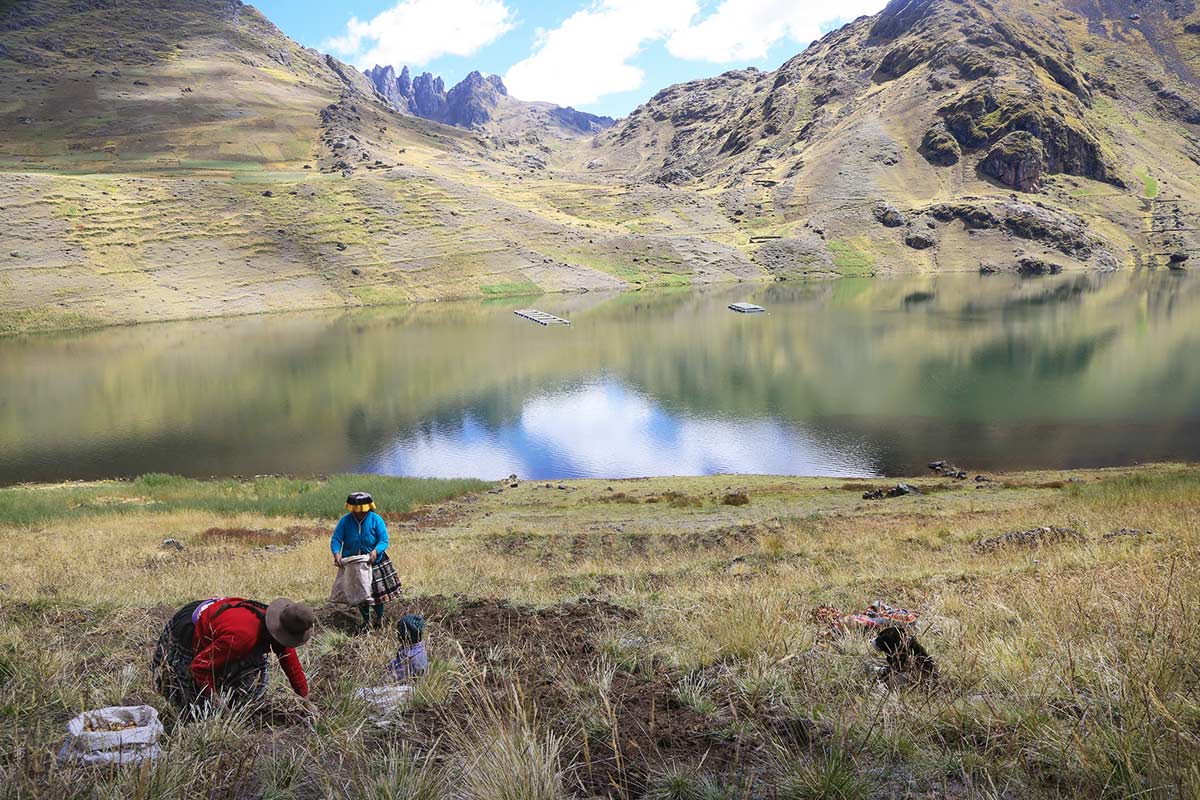
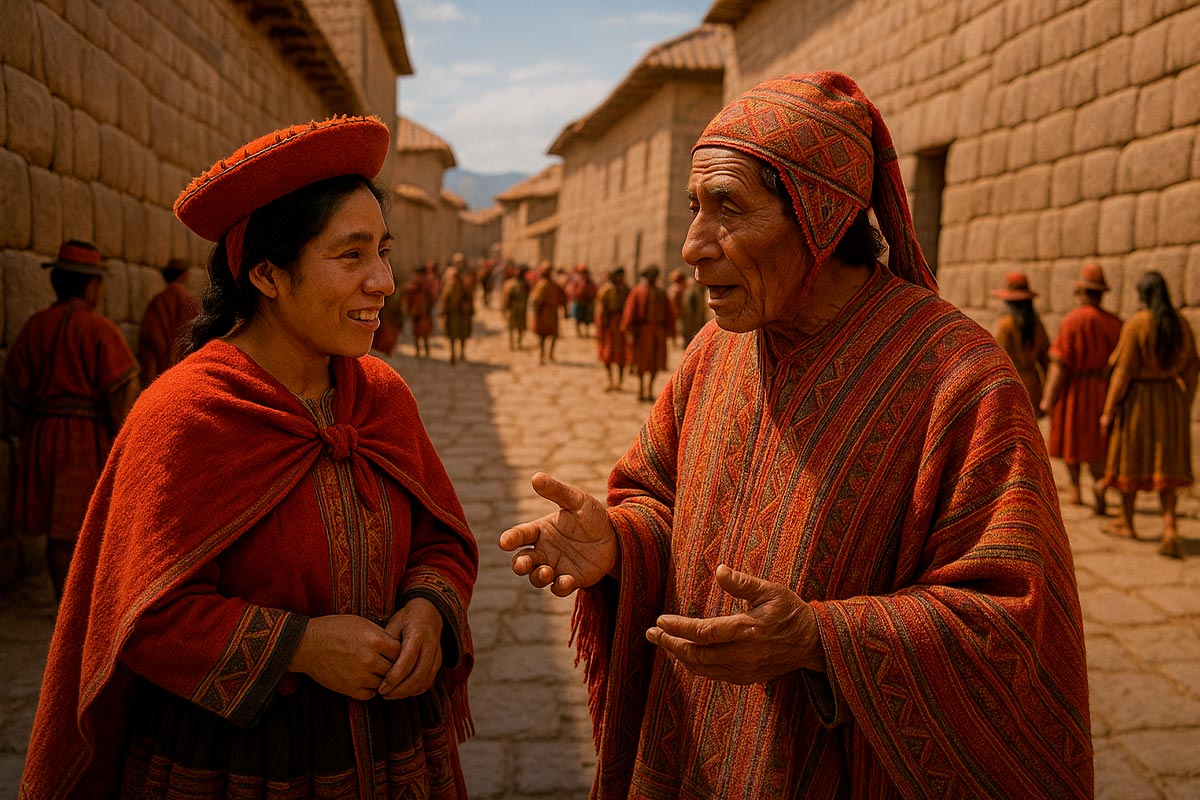
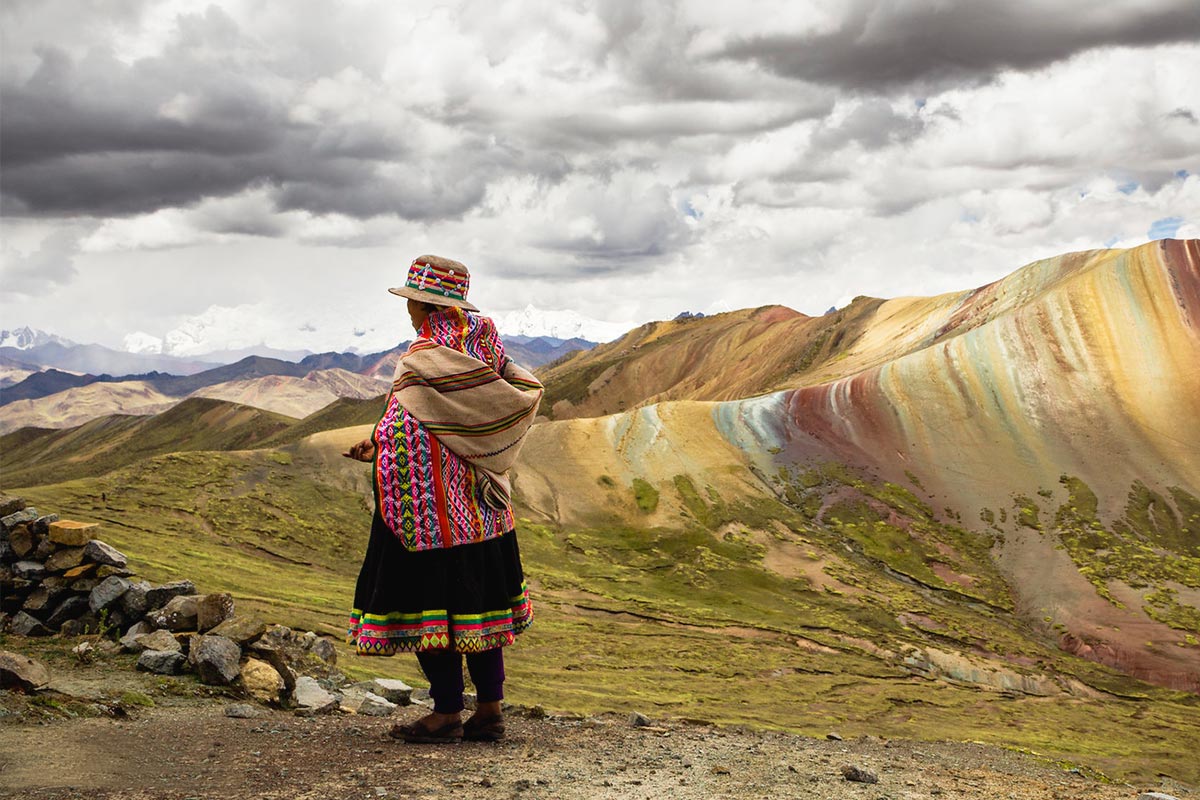
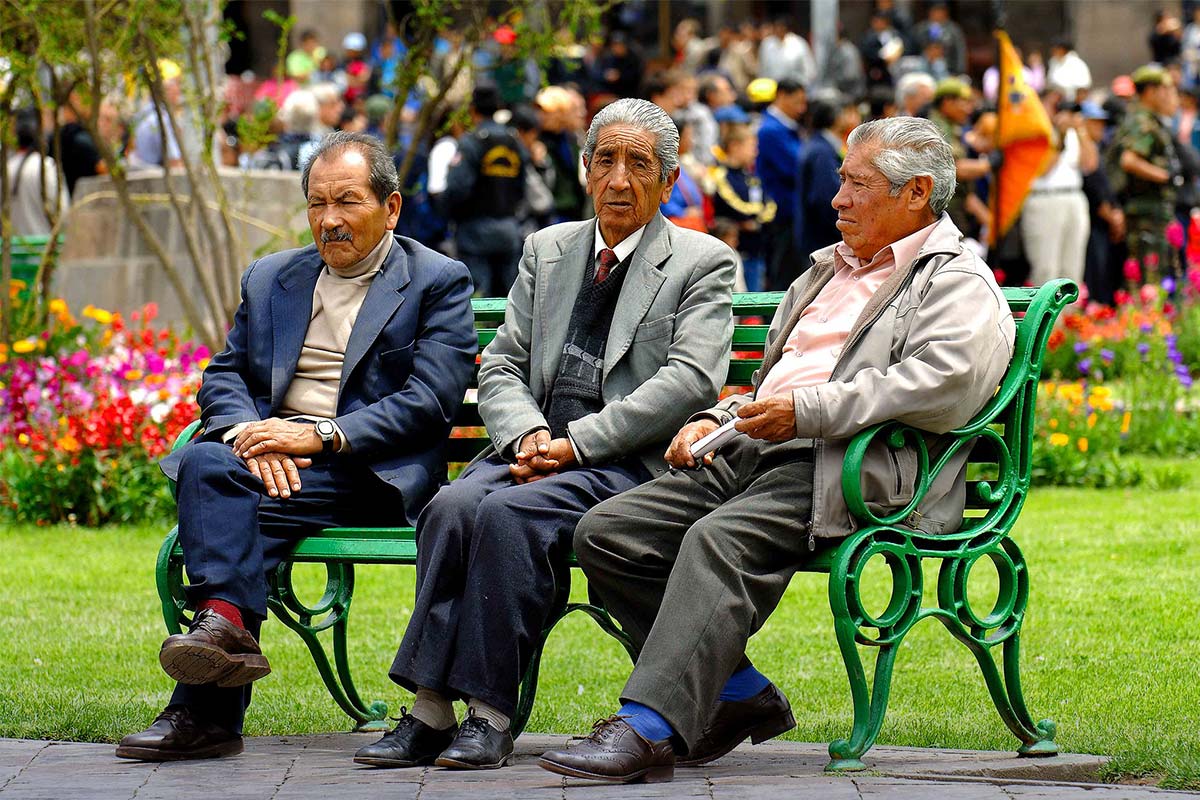

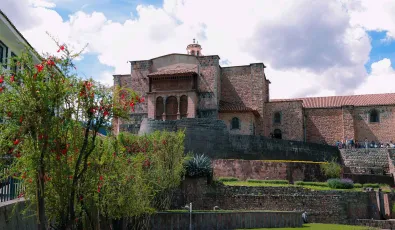

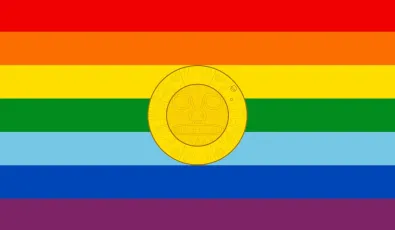
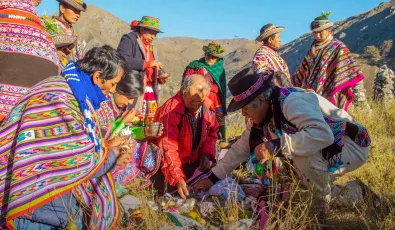

Add new comment